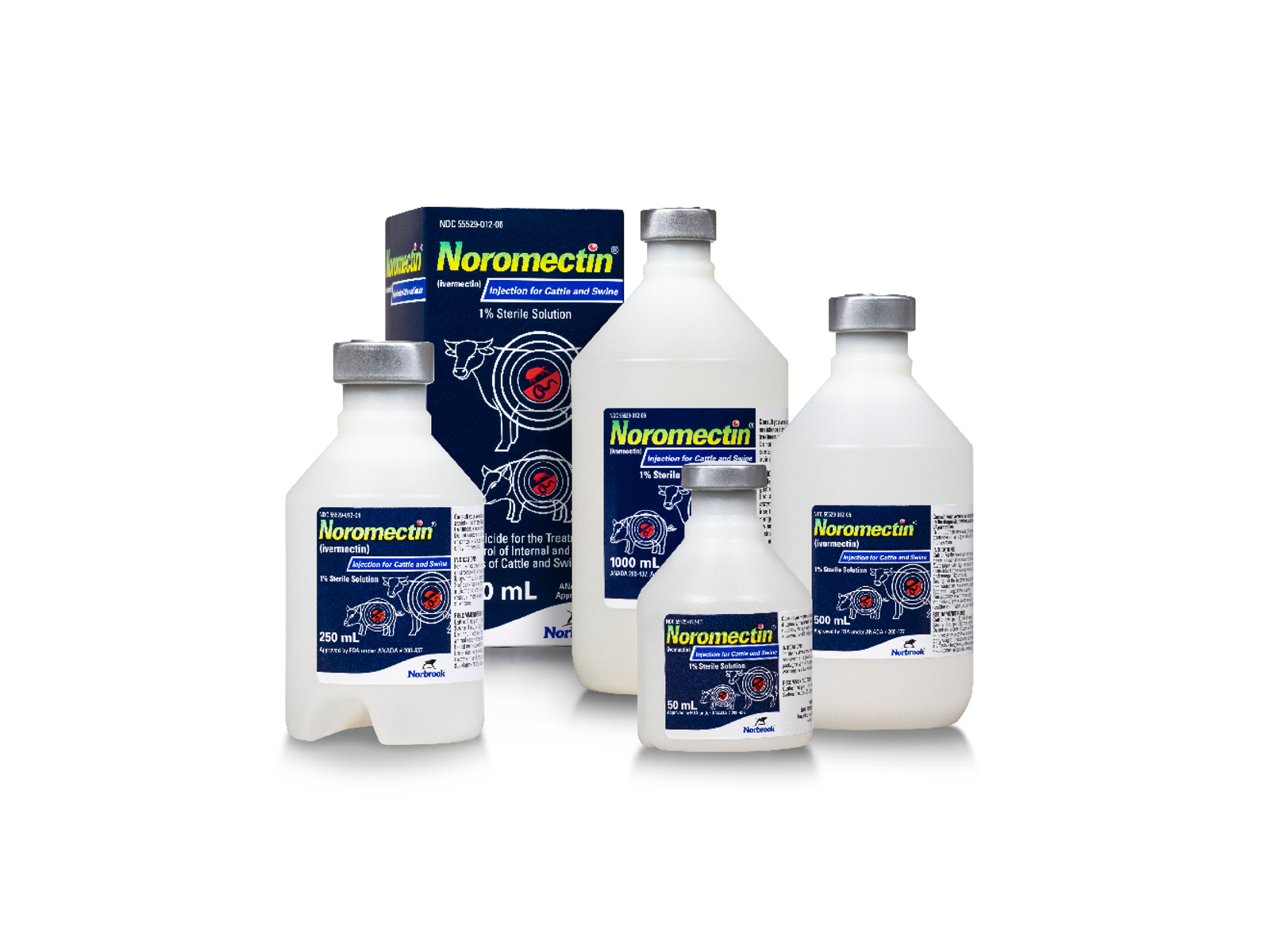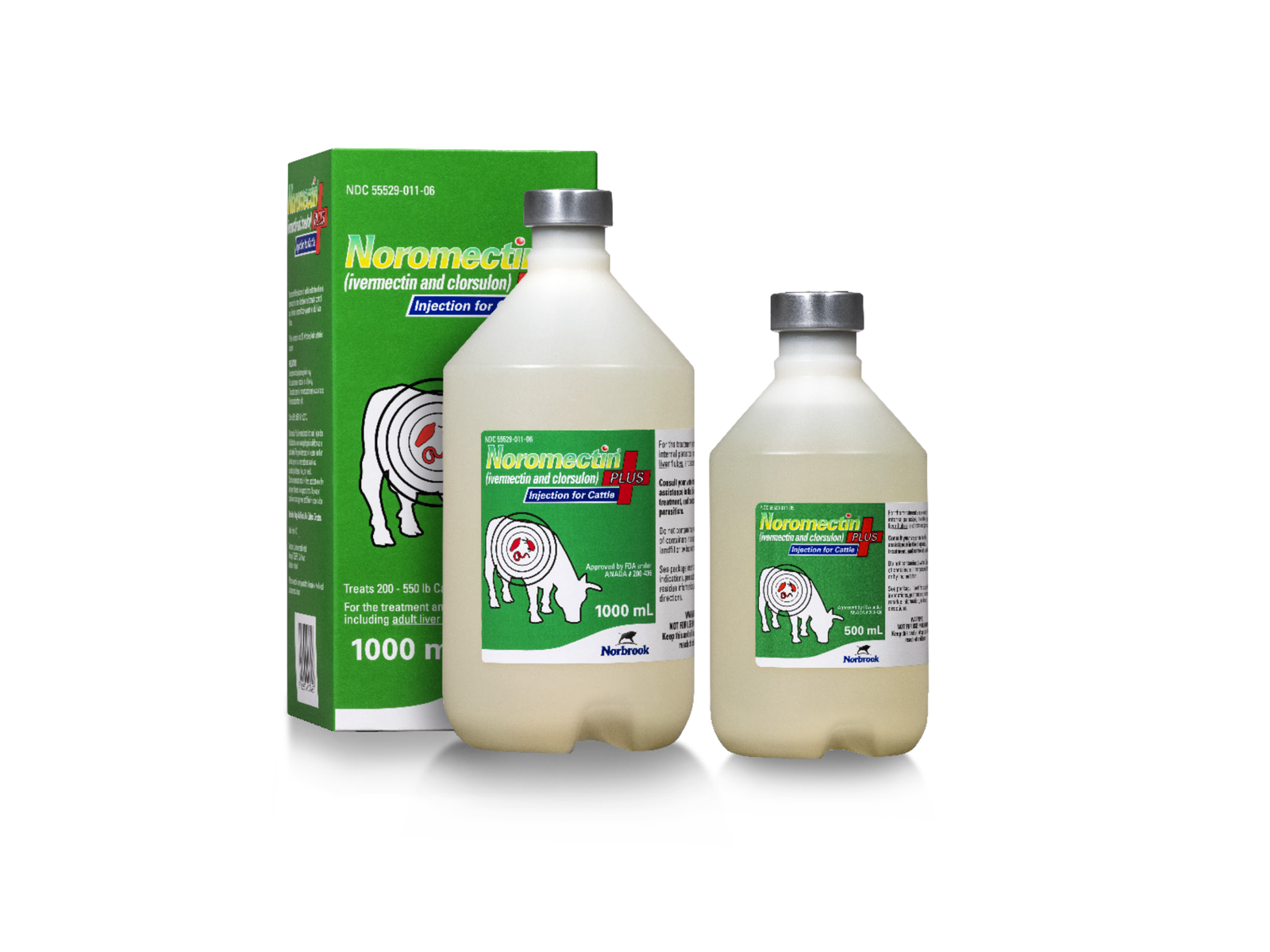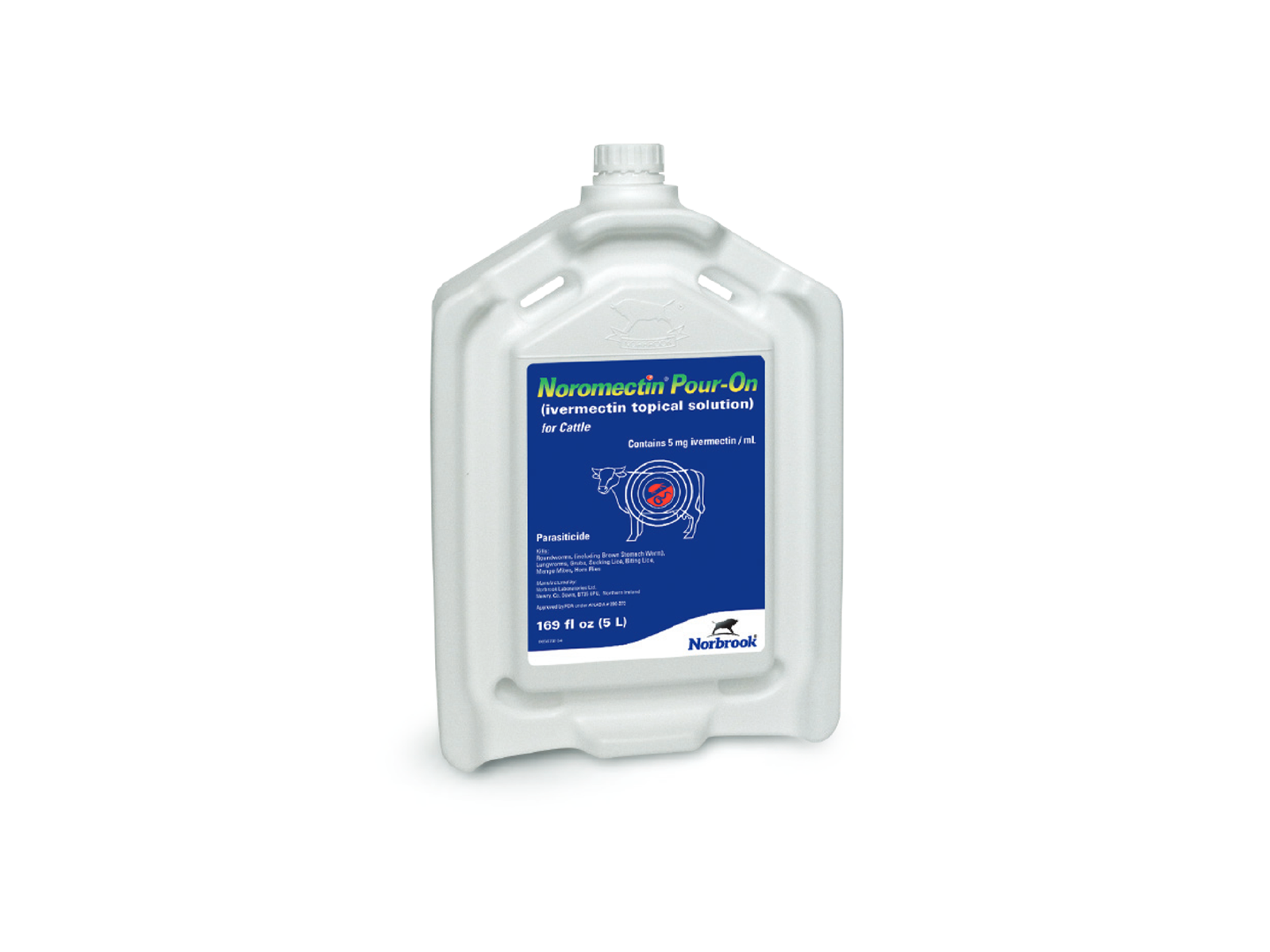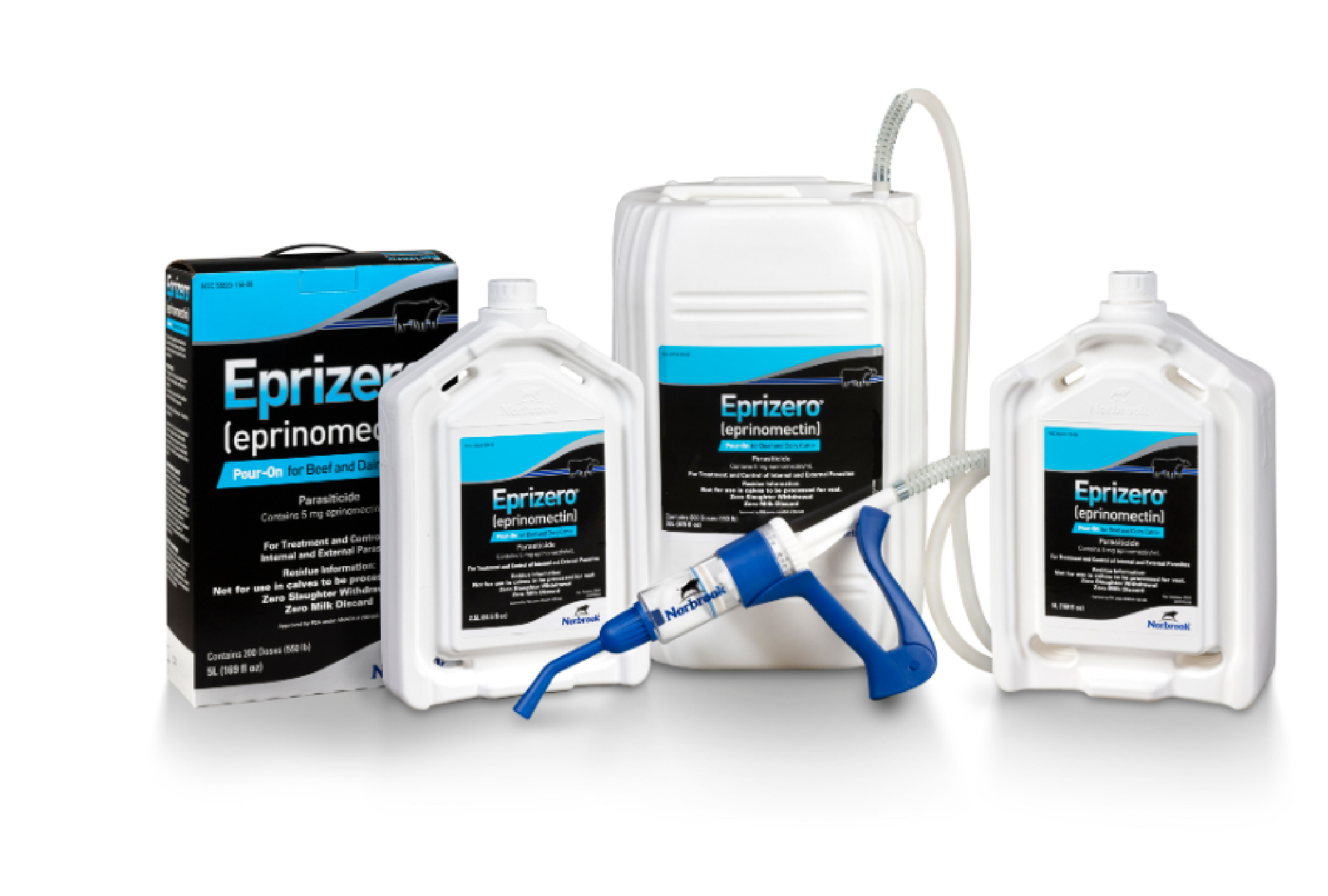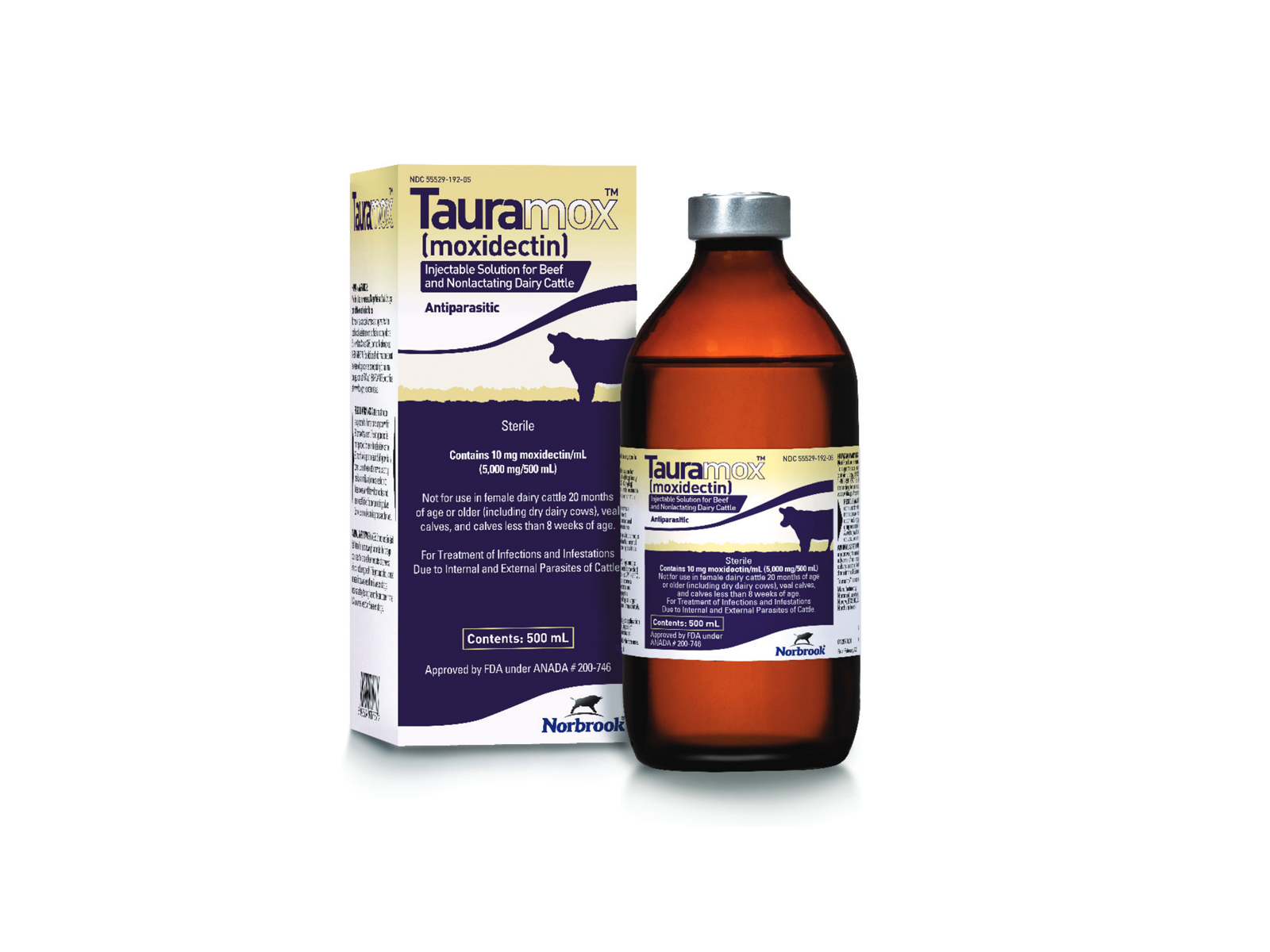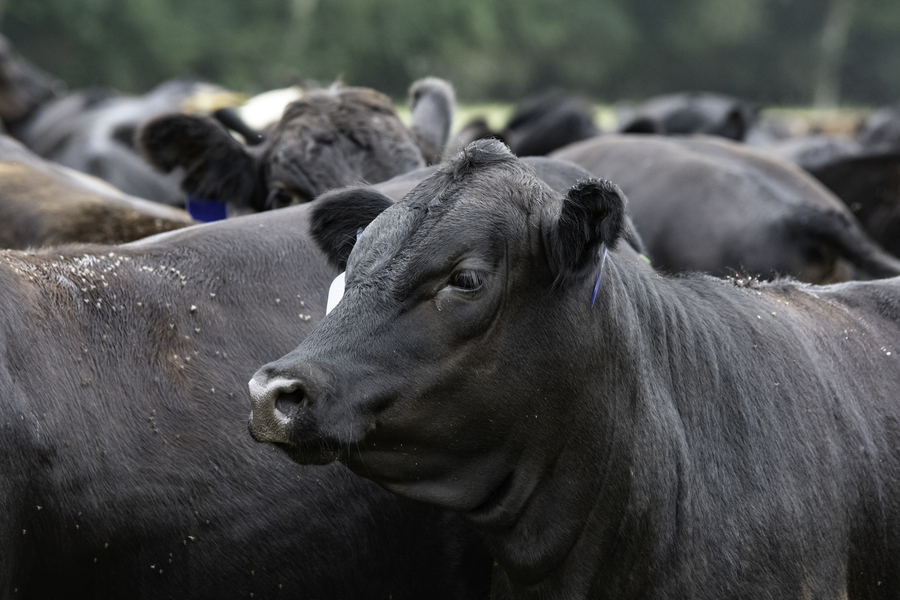
External Parasites in Cattle
Protecting the Health of Your Herd
Infection with external parasites (ectoparasitism) affects all segments of beef and dairy cattle industries in the United States. Among the most commonly diagnosed external parasites in cattle are flies, ticks, lice, grubs and mites, each of which has several species of concern with unique life cycles. Parasites primarily reside and feed on body tissues such as skin, blood and hair, leading to irritation and potential secondary infections.
Seasonally, external parasites tend to be most prevalent during the spring and summer months; however, lice, for example, increase in numbers during the colder months, necessitating a year-round parasite control plan. Certain parasites are capable of vectoring reportable and zoonotic diseases, elevating the importance of awareness and precautionary measures. Geography, climate, production environment, and management practices influence the prevalence and severity of external parasites within a herd.
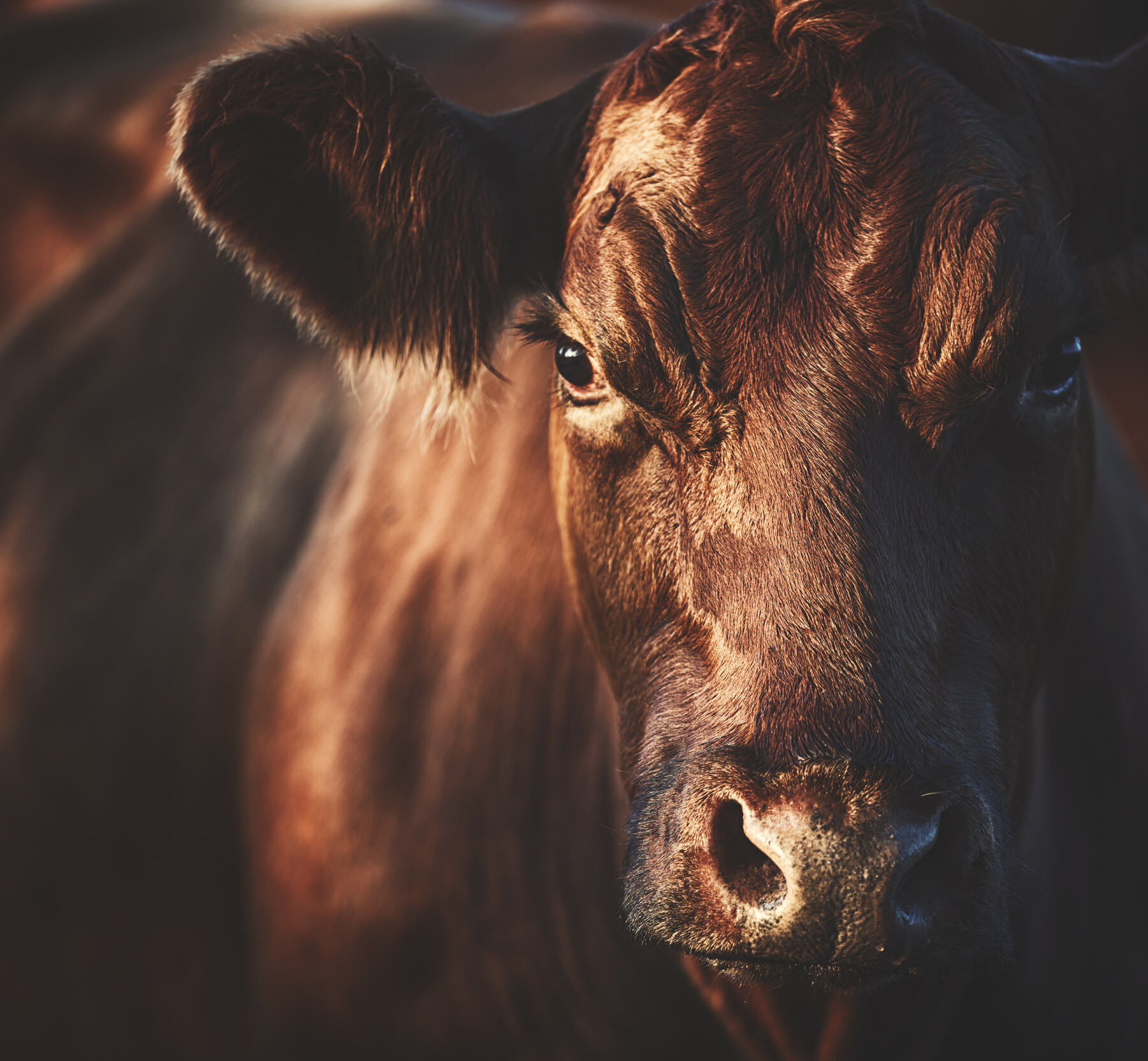
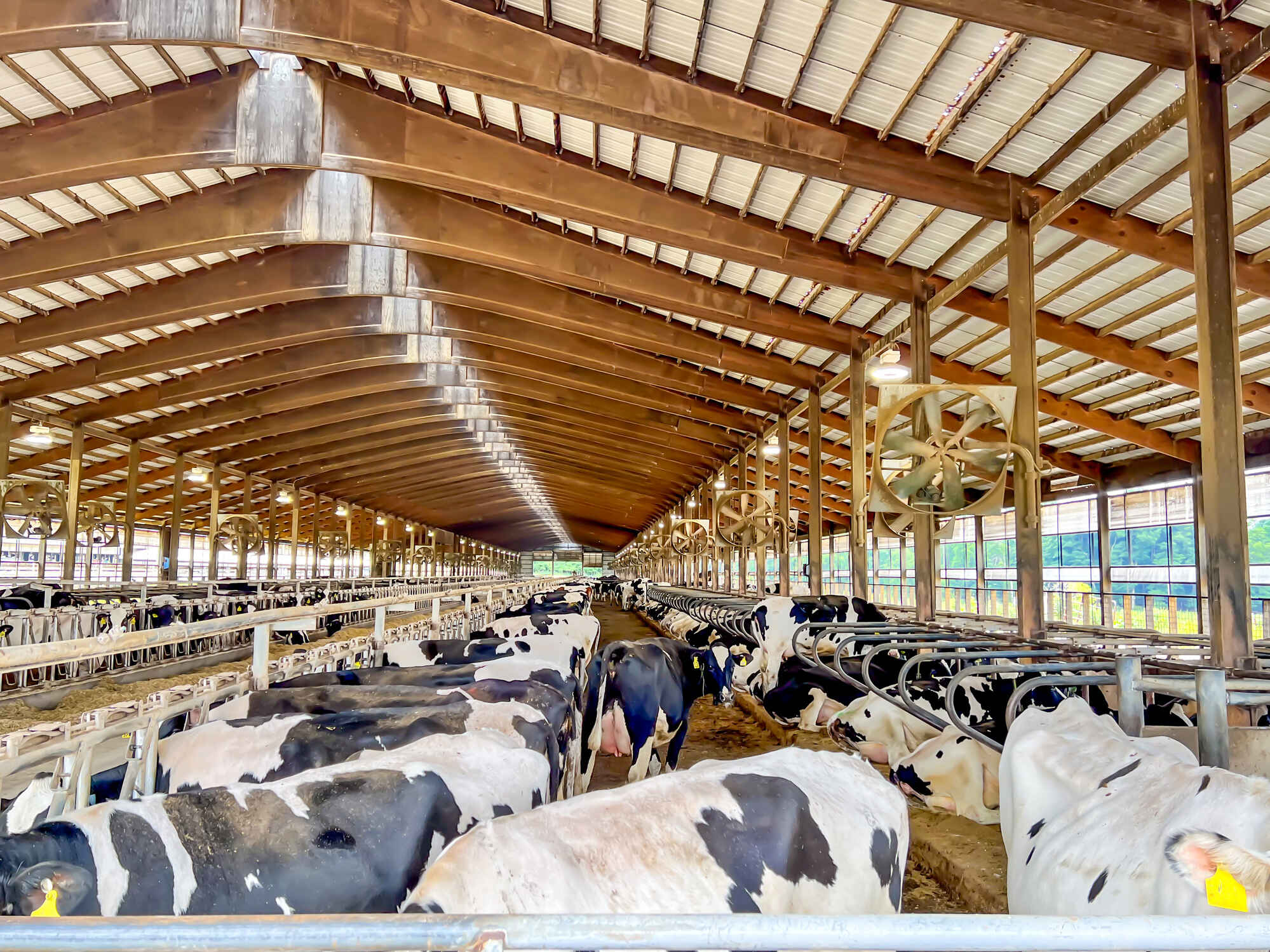
Economic Impact
-
Production losses and treatment costs due to ectoparasitism result in an annual economic impact to cattle producers in the billions of dollars.
Understanding External Parasites in Cattle
Learn more about the causes and signs of external parasitism and how to treat and control the disease.

Safety Information
Eprizero® (eprinomectin) Pour-On for Beef and Dairy Cattle
Observe label directions. Consult your veterinarian for assistance in the diagnosis, treatment, and control of parasitism. Do not use in calves to be processed for veal. Not recommended for use in species other than cattle. See product labeling here for full product information.
Noromectin® (ivermectin) Injection for Cattle and Swine
Observe label directions and withdrawal times. Consult your veterinarian for assistance in the diagnosis, treatment, and control of parasitism. Do not use in female dairy cattle of breeding age or in calves to be processed for veal. Do not use in unapproved species as severe reactions, including fatalities in dogs, may result. See product labeling here for full product information.
Noromectin® Pour-On (ivermectin topical solution) for Cattle
Observe label directions and withdrawal times. Consult your veterinarian for assistance in the diagnosis, treatment, and control of parasitism. Warning: Flammable. Do not use in female dairy cattle of breeding age or in calves to be processed for veal. Not recommended for use in species other than cattle. See product here labeling for full product information.
Noromectin® Plus (ivermectin and clorsulon) Injection for Cattle
Observe label directions and withdrawal times. Consult your veterinarian for assistance in the diagnosis, treatment, and control of parasitism. Do not use in female dairy cattle of breeding age or in calves to be processed for veal. Do not use in unapproved species as severe reactions, including fatalities in dogs, may result. See product labeling here for full product information.
Tauramox® (moxidectin) Injectable Solution
IMPORTANT SAFETY INFORMATION: Cattle must not be slaughtered for human consumption within 21 days of treatment. This drug is not approved for use in female dairy cattle 20 months of age or older, including dry dairy cows. Use in these cattle may cause drug residues in milk and/or in calves born to these cows. A withdrawal period has not been established for preruminating calves. Do not use in calves to be processed for veal. See product labeling here for full product information.
The Norbrook logo, Eprizeo, Noromectin and Tauramox are registered trademarks of Norbrook Laboratories Limited.
005-25-150



